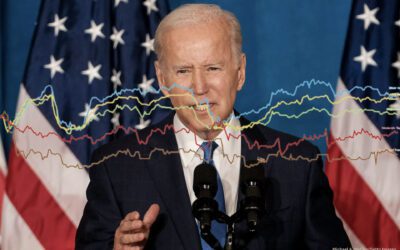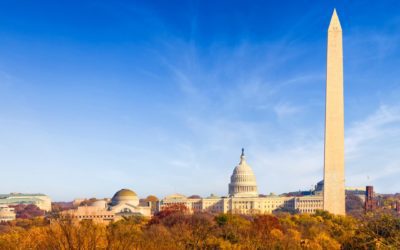Amid a deepening recession, Barack Obama will enter the White House facing an American public hopeful that he can bring about the change on which he campaigned and which Americans desperately yearn for. Obama’s strong standing has not yielded an inch since his election, as he enjoys a better than 2:1 favorable-unfavorable ratio and 40 percent view him very favorably.
The latest report from Stan Greenberg and James Carville of Democracy Corps and Al Quinlan and Mike Bocian of Greenberg Quinlan Rosner finds that even amid a deepening recession, Barack Obama will enter the White House facing an American public hopeful that he can bring about the change on which he campaigned and which Americans desperately yearn for. Obama’s strong standing has not yielded an inch since his election, as he enjoys a better than 2:1 favorable-unfavorable ratio and 40 percent view him very favorably while 57 percent approve of the job he is doing as President-elect, while just 19 percent disapprove. Voters back his economic plan by a 63 – 22 percent margin and even when pitted against a Republican opposition message, Obama’s economic plan prevails by an 18-point margin.
Yet, while the survey offers real encouragement for Obama and his agenda, it also highlights important lessons for the new administration to consider when framing the debate:
- Everything Obama does on the domestic front will be viewed through the economic lens of jobs, opportunities and business growth.
- The economic agenda must include the here and now, as well as fundamental changes to our economic paradigm.
- Job creation clearly stands at the center of voters’ priorities, but they view small businesses as a key to creating those jobs.
- Finally, Obama must show accountability and a real effort to cut waste if he wants the room to achieve an investment agenda.
This memo is based on a national survey of 1,000 likely voters conducted December 16-18, 2008.




